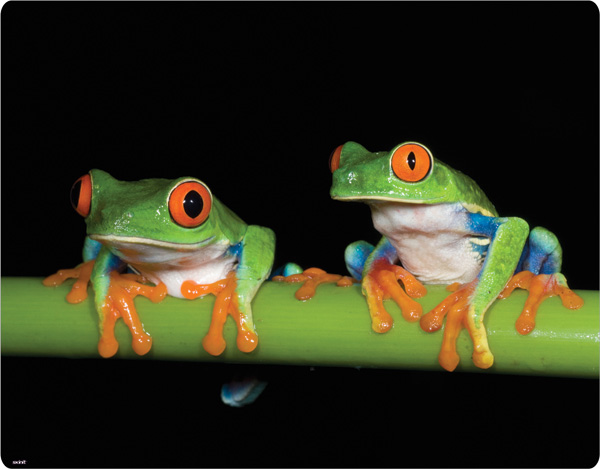
At least half the tortoises and turtles, a third of the amphibians, a quarter of the mammals, and an eighth of the birds on this planet face a risk of extinction in the near future. What’s worse, these numbers apply only to the small fraction of known species whose conservation status has actually been assessed. The overall picture is likely to be much worse.
This from a review of the book The Sixth Extinction: An Unnatural History by Elizabeth Kolbert. The reviewer is columnist and author Verlyn Klinkenborg (The Rural Life).
It’s not just climate change. It’s our way of life.
It’s not just climate change that accounts for the increased rate of species extinction. (emphasis added in the following quotations)
The general tendency of our species—a tendency that seems to be intensifying all the time—is to decrease biological diversity on this planet. We do so by destroying habitats, overconsuming natural resources, and spreading invasive species, willingly or not. It’s tempting to say that this is the cost of consciousness. We like to imagine that cultural diversity is an adequate substitute for biological diversity—for ourselves, if not for other species. It isn’t.
Here’s an example of how we are responsible for the spread of invasive species. It’s not simply that we deliberately introduce animals such as the cane toad to Australia. We endanger species simply as a by-product of the way we now live.
The Sixth Extinction is the kind of book that helps us recognize the actual planet we live upon, apart from the planet of our daily walking dreams. Kolbert notes, for instance, that biologists now talk about the “new Pangaea” to describe the effects of global travel and the rapid dispersal of species. The old Pangaea was a kind of ur-continent—all our present continents huddled together as one—that existed some 300 million years ago. As the continents drifted into their present positions, Pangaea slowly broke apart, causing a divergence among species as new barriers arose and they became separated from each other. Part of what constituted the apparent commonsense stability of earth several hundred years ago was the fact that no species could move far very quickly under its own power. But species no longer need to move only under their own power. We carry them about the world with us, on planes, in the bilges of ships, unintentionally, on purpose, in business and in pleasure. It’s as though the continents have reconverged, reconstituting Pangaea. As Kolbert puts it, “humans are running geologic history backwards and at high speed.”
Related posts:
Penguins as canaries
Paging Dr. Frankenstein
Estranged species
What we used to eat
It’s better not to have children
Animals
Image source: skinit
References:
Elizabeth Kolbert, The Sixth Extinction: An Unnatural History
Verlyn Klinkenborg, How to Destroy Species, Including Us, The New York Review of Books, March 20, 2014 (paywall)
Michael Slezak, Aliens versus predators: The toxic toad invasion, New Scientist, April 26, 2014 (paywall)


Sorry, comments are closed for this post.